
How to Use Lipo Rider Plus: Examples, Pinouts, and Specs
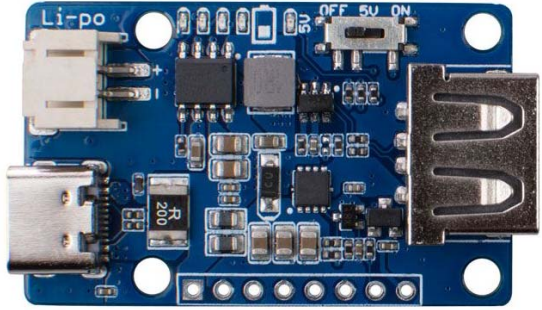
 Design with Lipo Rider Plus in Cirkit Designer
Design with Lipo Rider Plus in Cirkit DesignerIntroduction
The Lipo Rider Plus (Manufacturer Part ID: 106990290) by Seeed is a versatile battery management system designed specifically for lithium polymer (LiPo) batteries. It integrates essential features such as voltage regulation, battery protection, and charging capabilities, making it an ideal solution for powering portable and embedded electronic projects. The Lipo Rider Plus ensures safe and efficient operation of LiPo batteries, extending their lifespan and providing stable power output.
Explore Projects Built with Lipo Rider Plus
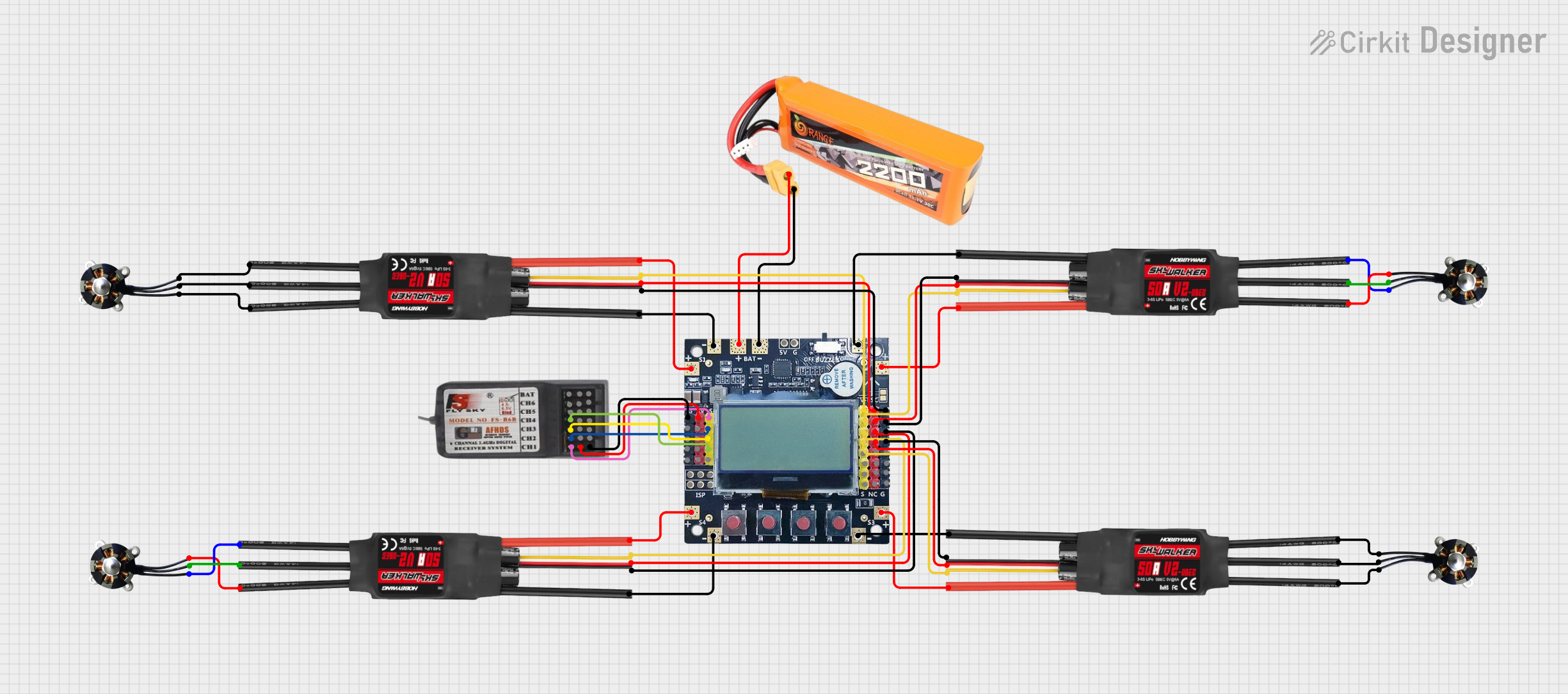
 Open Project in Cirkit Designer
Open Project in Cirkit Designer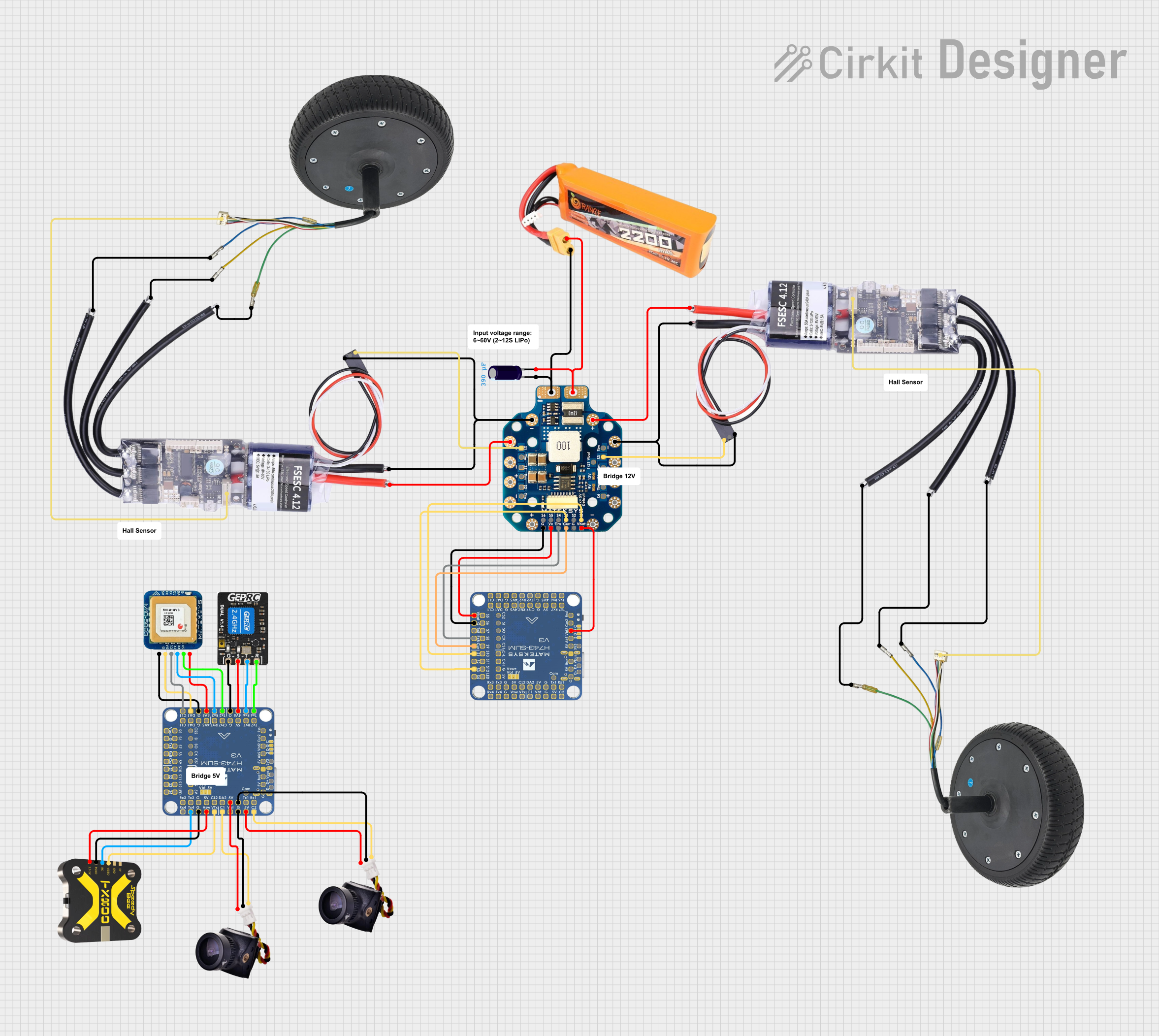
 Open Project in Cirkit Designer
Open Project in Cirkit Designer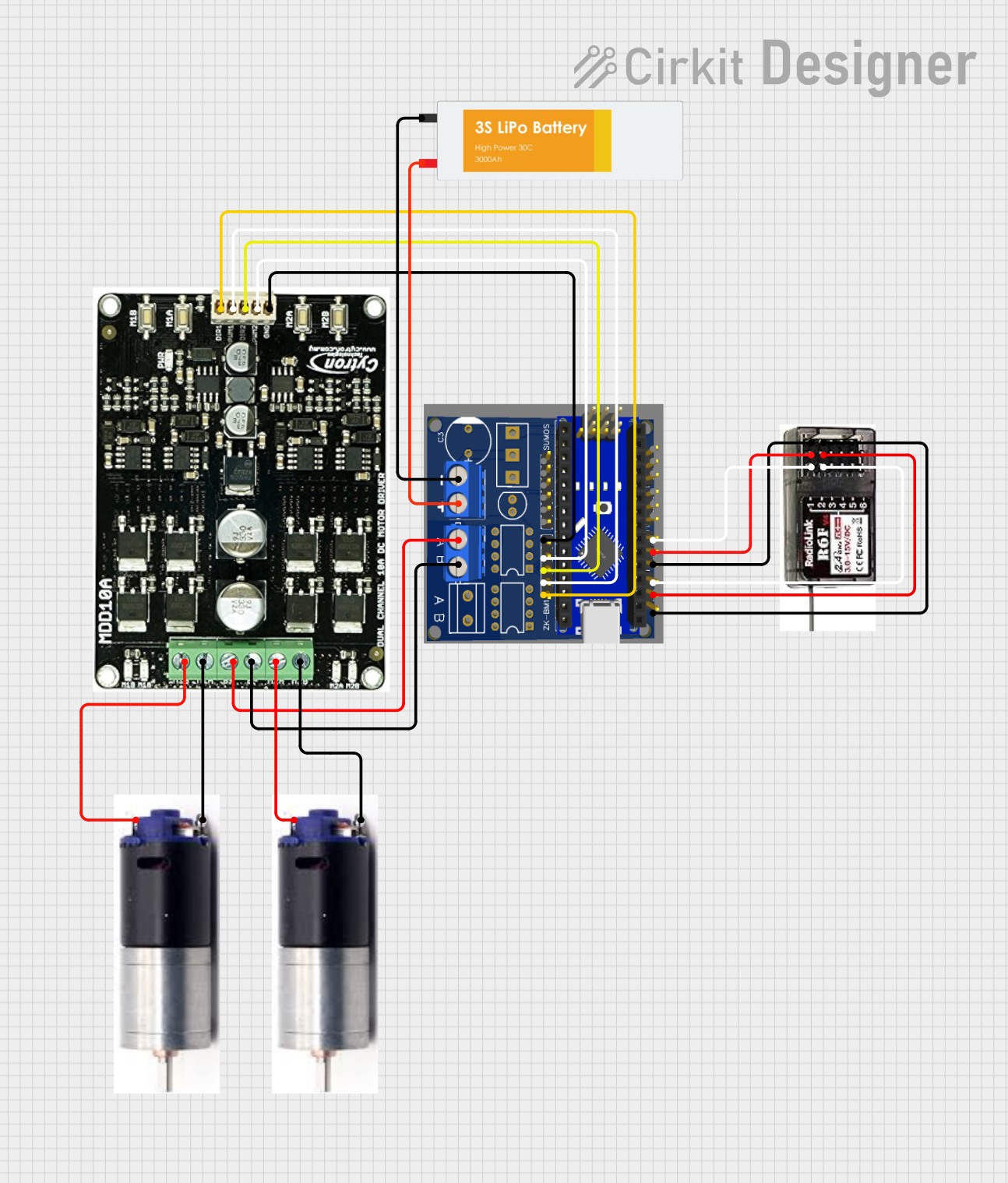
 Open Project in Cirkit Designer
Open Project in Cirkit Designer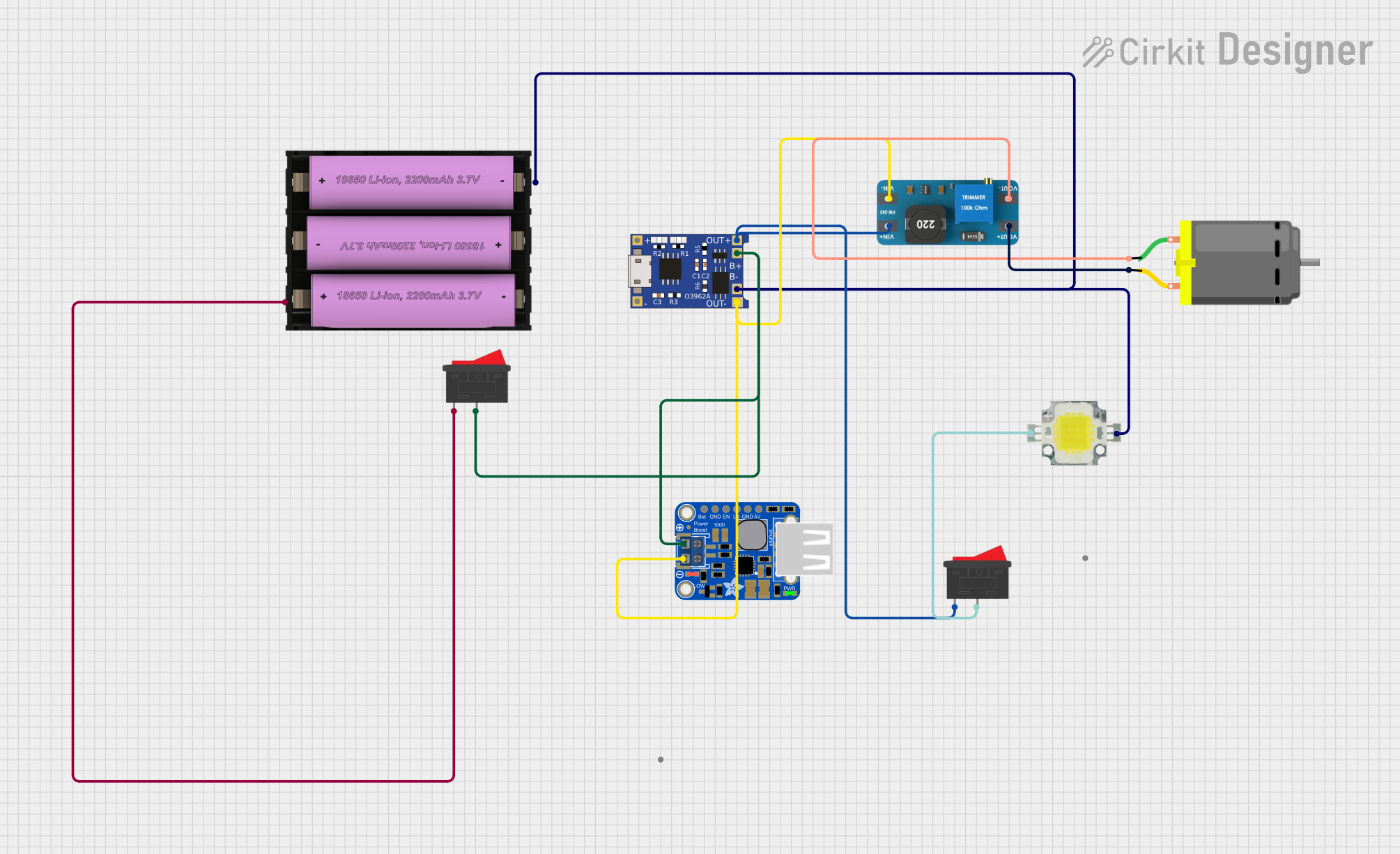
 Open Project in Cirkit Designer
Open Project in Cirkit DesignerExplore Projects Built with Lipo Rider Plus

 Open Project in Cirkit Designer
Open Project in Cirkit Designer
 Open Project in Cirkit Designer
Open Project in Cirkit Designer
 Open Project in Cirkit Designer
Open Project in Cirkit Designer
 Open Project in Cirkit Designer
Open Project in Cirkit DesignerCommon Applications and Use Cases
- Portable electronic devices
- IoT (Internet of Things) projects
- Wearable technology
- Robotics and automation systems
- Solar-powered systems
- Backup power supplies for embedded systems
Technical Specifications
The Lipo Rider Plus is designed to provide reliable power management for LiPo batteries. Below are its key technical specifications:
| Parameter | Value |
|---|---|
| Input Voltage Range | 5V (via USB Type-C) |
| Output Voltage | 5V (regulated) |
| Output Current (Max) | 2.4A |
| Battery Input Voltage | 3.7V (nominal) |
| Charging Current | 1A (default, adjustable via resistor) |
| USB Port | USB Type-C (for charging and power input) |
| Protection Features | Overcharge, over-discharge, short circuit |
| Dimensions | 50mm x 25mm |
Pin Configuration and Descriptions
The Lipo Rider Plus has several key connectors and pins for interfacing with batteries and external devices. Below is a description of its pin configuration:
| Pin/Connector | Description |
|---|---|
| USB Type-C | Input for charging the LiPo battery and powering the system. |
| BAT+ / BAT- | Terminals for connecting a 3.7V LiPo battery. |
| 5V Output | Provides a regulated 5V output for powering external devices. |
| EN (Enable) | Enable pin to turn the output on or off. |
| LED Indicators | Status LEDs for charging, power output, and fault conditions. |
Usage Instructions
The Lipo Rider Plus is straightforward to use and can be integrated into a variety of projects. Follow the steps below to use the component effectively:
Step 1: Connecting the Battery
- Connect a 3.7V LiPo battery to the BAT+ and BAT- terminals. Ensure correct polarity to avoid damage.
- Verify that the battery is securely connected and that the voltage is within the supported range.
Step 2: Power Input and Charging
- Use a USB Type-C cable to connect the Lipo Rider Plus to a 5V power source (e.g., a USB wall adapter or computer).
- The charging LED will light up to indicate that the battery is charging. Once fully charged, the LED will turn off.
Step 3: Powering External Devices
- Connect your external device to the 5V Output terminal.
- Ensure that the total current draw of the connected devices does not exceed 2.4A.
Step 4: Using the Enable Pin
- The EN (Enable) pin can be used to control the output. Pull the pin high to enable the output or low to disable it.
Important Considerations and Best Practices
- Always use a compatible 3.7V LiPo battery to avoid damage to the component.
- Do not exceed the maximum output current of 2.4A to prevent overheating or failure.
- Ensure proper ventilation when using the Lipo Rider Plus in high-power applications.
- If adjusting the charging current, refer to the datasheet for resistor selection guidelines.
Example: Using Lipo Rider Plus with Arduino UNO
The Lipo Rider Plus can be used to power an Arduino UNO. Below is an example setup and code:
Hardware Setup
- Connect a 3.7V LiPo battery to the BAT+ and BAT- terminals.
- Use the 5V Output terminal to power the Arduino UNO by connecting it to the Arduino's 5V and GND pins.
Example Code
// Example code to blink an LED using Arduino UNO powered by Lipo Rider Plus
const int ledPin = 13; // Pin connected to the onboard LED
void setup() {
pinMode(ledPin, OUTPUT); // Set the LED pin as an output
}
void loop() {
digitalWrite(ledPin, HIGH); // Turn the LED on
delay(1000); // Wait for 1 second
digitalWrite(ledPin, LOW); // Turn the LED off
delay(1000); // Wait for 1 second
}
Troubleshooting and FAQs
Common Issues and Solutions
Battery Not Charging
- Ensure the USB Type-C cable and power source are functioning properly.
- Verify that the battery is securely connected to the BAT+ and BAT- terminals.
- Check for any visible damage to the battery or the Lipo Rider Plus.
No Output Voltage
- Confirm that the battery is charged and connected correctly.
- Check the EN (Enable) pin to ensure the output is enabled.
- Verify that the connected load does not exceed the maximum current rating.
Overheating
- Ensure proper ventilation and avoid exceeding the maximum output current of 2.4A.
- Check for any short circuits in the connected load.
FAQs
Q: Can I use the Lipo Rider Plus with other types of batteries?
A: No, the Lipo Rider Plus is specifically designed for 3.7V LiPo batteries. Using other types of batteries may result in damage or unsafe operation.
Q: How do I adjust the charging current?
A: The charging current can be adjusted by replacing the onboard resistor. Refer to the datasheet for the appropriate resistor value.
Q: Can I use the Lipo Rider Plus to power multiple devices simultaneously?
A: Yes, as long as the total current draw does not exceed 2.4A.
Q: What happens if the battery is over-discharged?
A: The Lipo Rider Plus includes over-discharge protection to prevent damage to the battery. The output will be disabled until the battery is recharged.